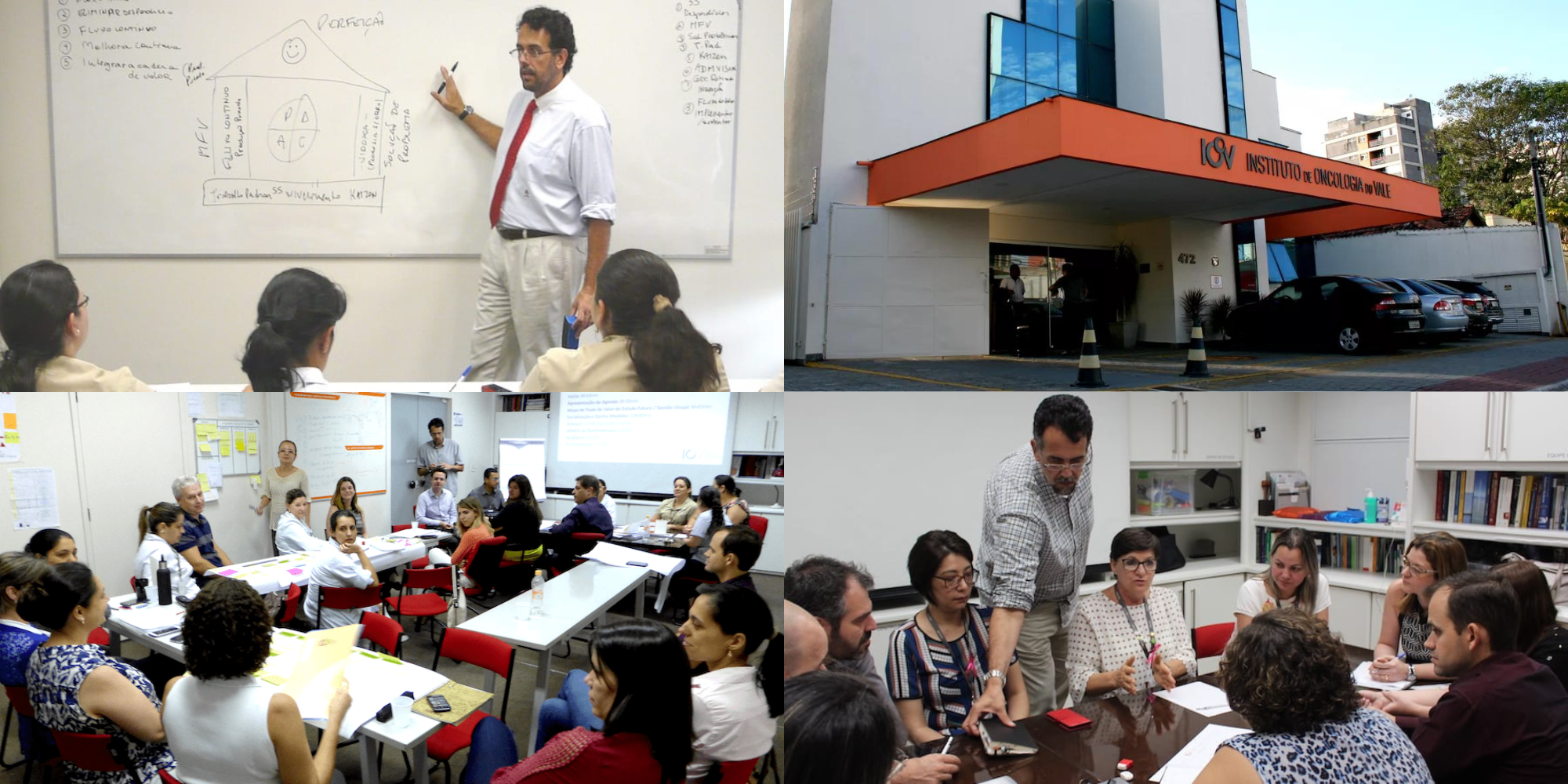
Tell me about your metrics and I’ll tell you who you are
FEATURE – Pure and simple management by indicators can be a trap leading us to make decisions that are inconsistent with the real needs of a company. The balance between facts and data is key.
Words: Flávio Battaglia, Director, Lean Institute Brasil
In the business world, there seems to be quite a passion for metrics. Indeed, Peter Drucker’s idea of managing by objectives has had and continues to have an enormous impact on organizations. This “metrics craze” is largely based on the assumption that good management essentially needs to measure and quantify everything that is understood to be important in a company, especially results.
Of course, this makes sense, especially when looking for evidence to support or demonstrate the value of an improvement. Surely, you heard the mantra “If you can’t measure it, you can’t manage it”, inaccurately attributed to W. Edwards Deming (who in fact said something like “It’s wrong to assume that if you can’t measure it, you can’t manage”).
In this context, it pays to be careful and aware that certain ways of handling metrics can even be quite harmful. I am not just talking about measuring the right things in the right way. Even if we implement the correct measurements, carefully thought out and well structured, when we get used to just checking “the numbers”, we run the risk of leaving relevant dimensions hidden that are sometimes as important as (or more) what we are measuring. Although fundamental, numbers only show us fragments of the real context and possible deviations, but never the complete picture.
This phenomenon can generate several distortions and inefficiencies and lead to wrong decisions. Thinking only in terms of metrics ends up, for example, strengthening a limited or even erroneous perception of what actually happens in an organization. This becomes a problem because the perception we develop about reality is the first stage of one of the most fundamental management processes: decision making.
As we discussed, for example, in the article Lean Decision Making, in order to efficiently and effectively decide, the first step is to refine our perception, which, in essence, means expanding our ability to see, understand and analyze the reality around us. When we base our perception solely and exclusively on metrics – which can sometimes be poorly thought out, structured, and interconnected – we run the risk of making ineffective or even counterproductive decisions.
This “culture of numbers” generates other issues that are sometimes imperceptible. For example, choosing priorities and problems to be addressed not because they are the most relevant or strategic, but because it is easier to capture them in the form of indicators.
Another classic trap is to associate awards and bonuses to certain numbers without considering the potential for distortion that such stimuli can bring to the decision-making process at different levels of the organization. Has anyone ever seen a decision made solely based on the impact it will have on the director’s bonus? Or even dubious efforts to “make the numbers” and thereby get public recognition or promotions?
Thus, when it comes to numbers, it is necessary to develop a critical awareness. They are important but, even when handled correctly, they need to be supported by facts, what really happens in the daily reality of work.
This is why we say that lean is a model based on “facts and data”. Both are important. Today, however, we tend to favor data over facts. Therefore, one of the challenges of lean management is to seek a balance between the two, knowing the reality of the facts to be able to understand the data.
So, what is the lean “antidote” to an overreliance on data? In essence, being at the gemba, with the right attitude, fine-tuning our perception and directing our attention to both facts and data and, most importantly, understanding how the two elements relate to the challenges we face. It is at the gemba that we measure the real temperature of things, realizing, for example, how day-to-day difficulties are (or are not) related to the metrics we are consuming during management meetings.
Inspired by the lean principle of “leading with respect”, it is necessary to check the numbers and analyze how they were selected, prioritized, and achieved, seeing whether they really measure the most relevant things and in the most adequate way. But it is perhaps even more important to know how to perceive, understand and analyze the facts. This means seeking the deepest possible observation of what is happening in processes, how work is organized and what customer experience we are offering.
In an increasingly digital world, we need to find new ways to be at the gemba. Going to the gemba in person was, is and always will be fundamental. However, new technologies allow us to do extraordinary things from a distance. This new reality is here to stay and asking us to develop new skills related to how to plan, execute, and monitor the work. Indeed, our presence at the gemba has never been more important than it is today, whether in person or virtual.
One of these skills is, for example, the ability to communicate with people at different levels and in different roles. This includes the practice of active listening, “knowing how to listen”. Likewise, seek the best ways to ask questions that stimulate critical thinking in our interlocutors. And be aware that, in most cases, the way the work is carried out, in practice, differs a lot from what the procedure manuals say.
This shift in management becomes increasingly critical, as we live in a world where data is abundant (“Big Data” and “data lakes” are widely available and increasingly affordable). Without prepared managers, we will be facing a significant exacerbation of the challenges briefly discussed here. In this sense, it is always necessary to question how we connect the reality of facts with a growing amount of data and to reflect on how we can “detach” a little from numbers to start placing greater emphasis on our ability to perceive reality and make decisions.
Whether in person, digital or hybrid, balanced and deep observation, clear understanding and effective analysis of both data and facts can make the difference for management. They say that you can learn a lot about a person based on their friends; in management, you can learn a lot about a company based on how they deal with facts and data.
THE AUTHOR

Read more


VIDEO INTERVIEW – Last year, the Lean Global Network launched an initiative to leverage the knowledge of our institutes to positively impact the healthcare industry. We caught up with the group in São Paulo this week.


CASE STUDY – What to do when you operate in a competitive market and are located in a remote corner of Europe, thousands of miles from your customer? One word: lean.


RESEARCH – Why do we struggle to identify the managerial behaviors that underpin different stages of a lean transformation? The author’s research looks into how we can be more situational in our leadership approach.


FEATURE – PL readers will likely be familiar with IOV, the cancer clinic in Brazil that’s become a reference for lean healthcare for countless organizations. Here, Dr Fred looks back at IOV’s 15-year journey.

